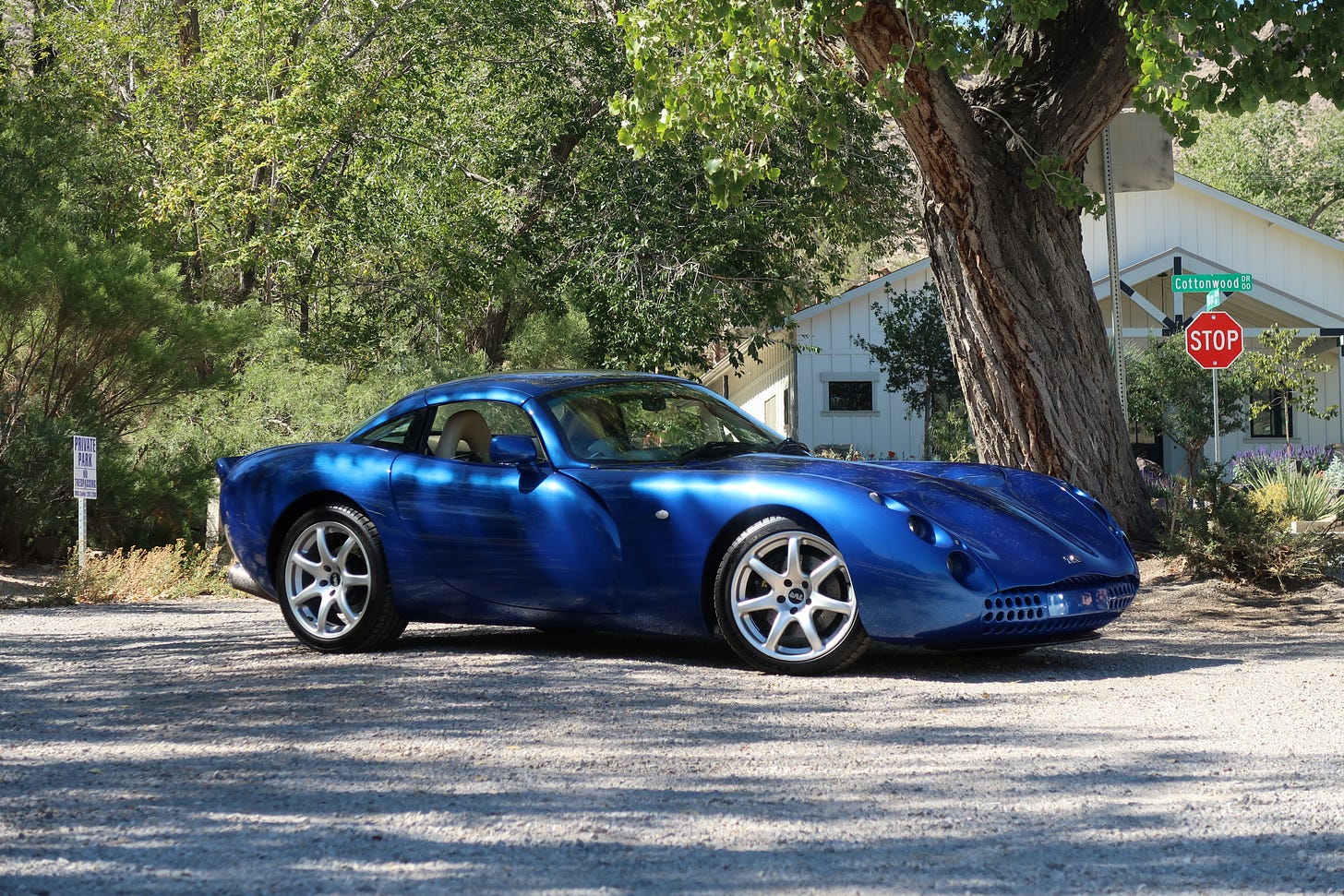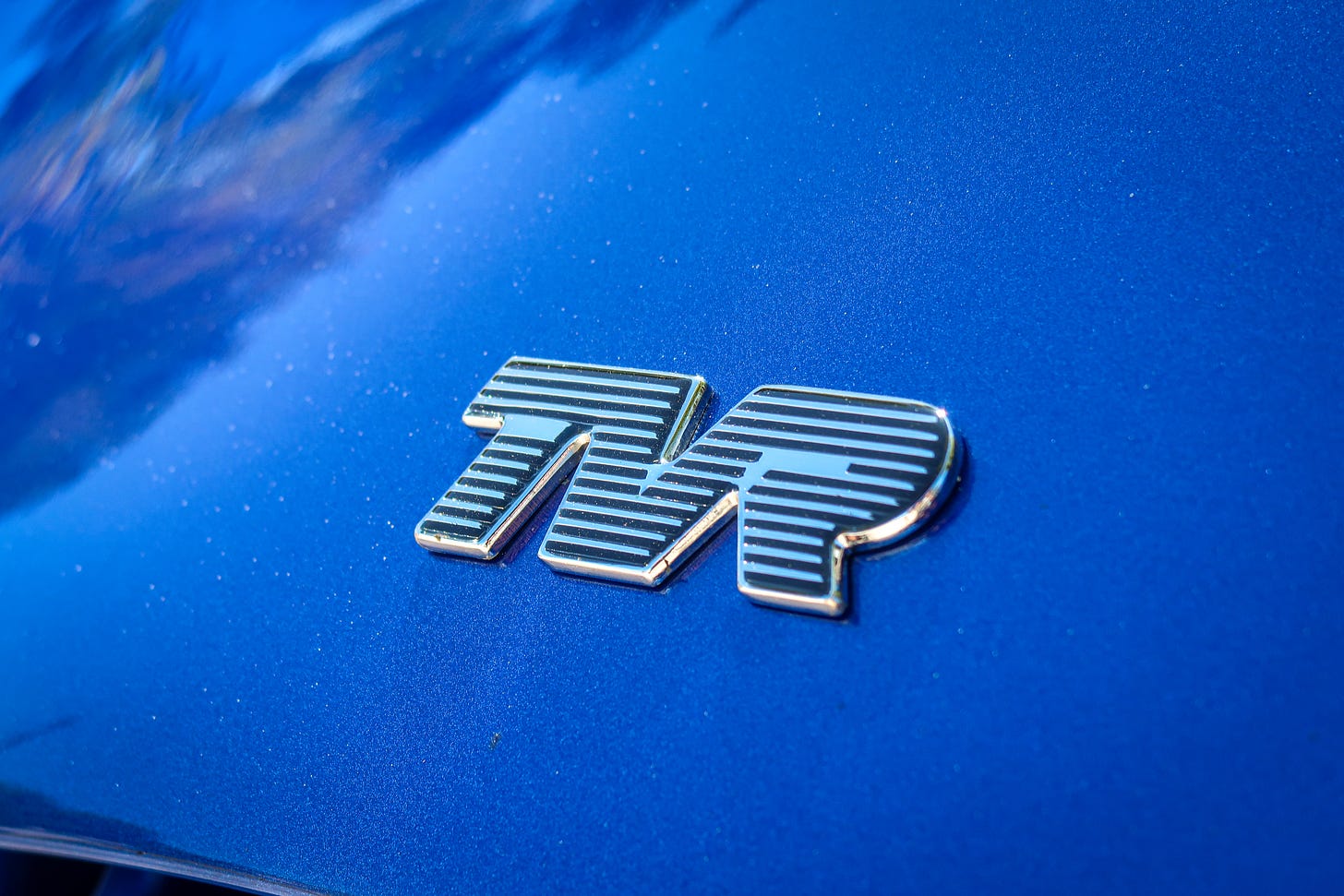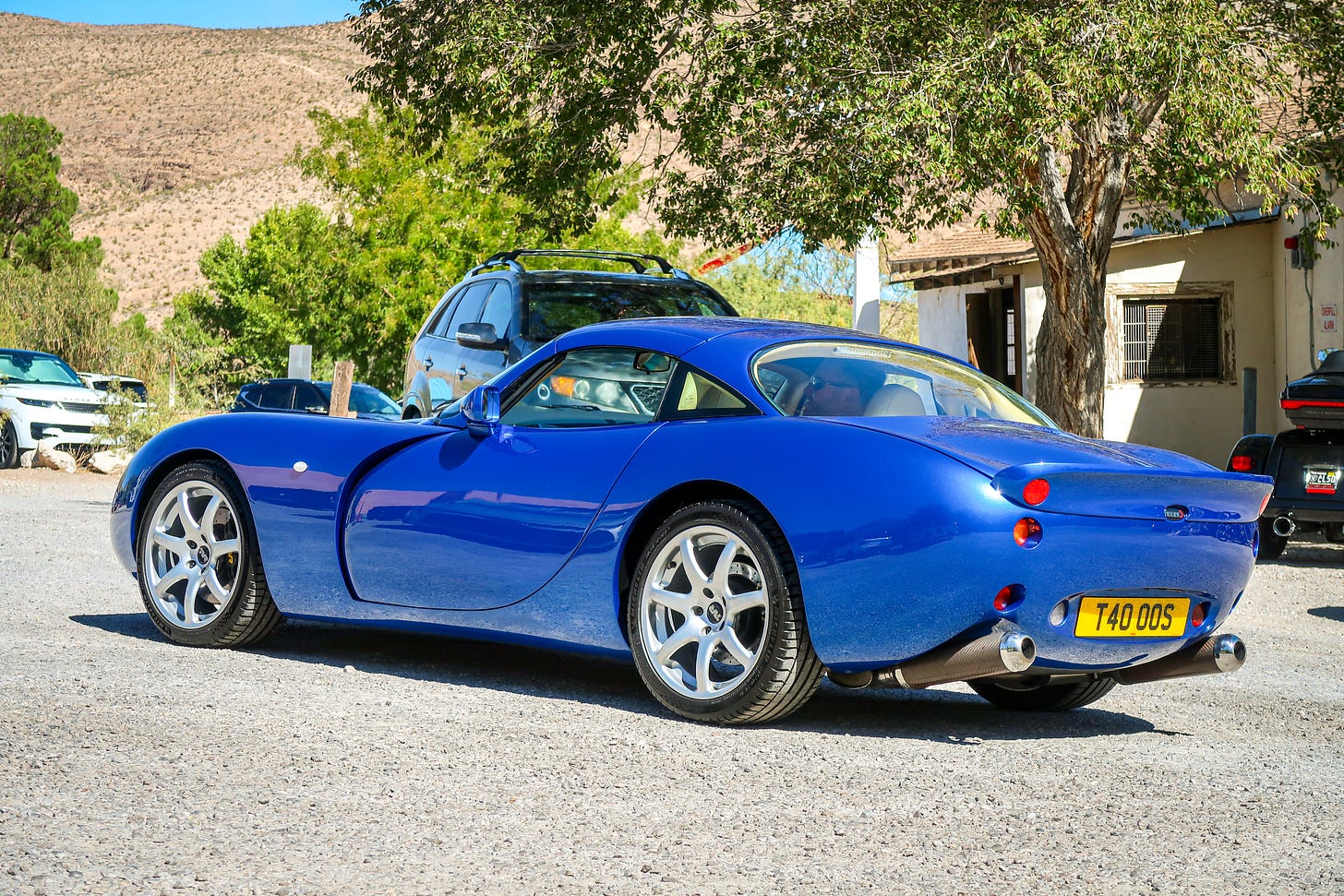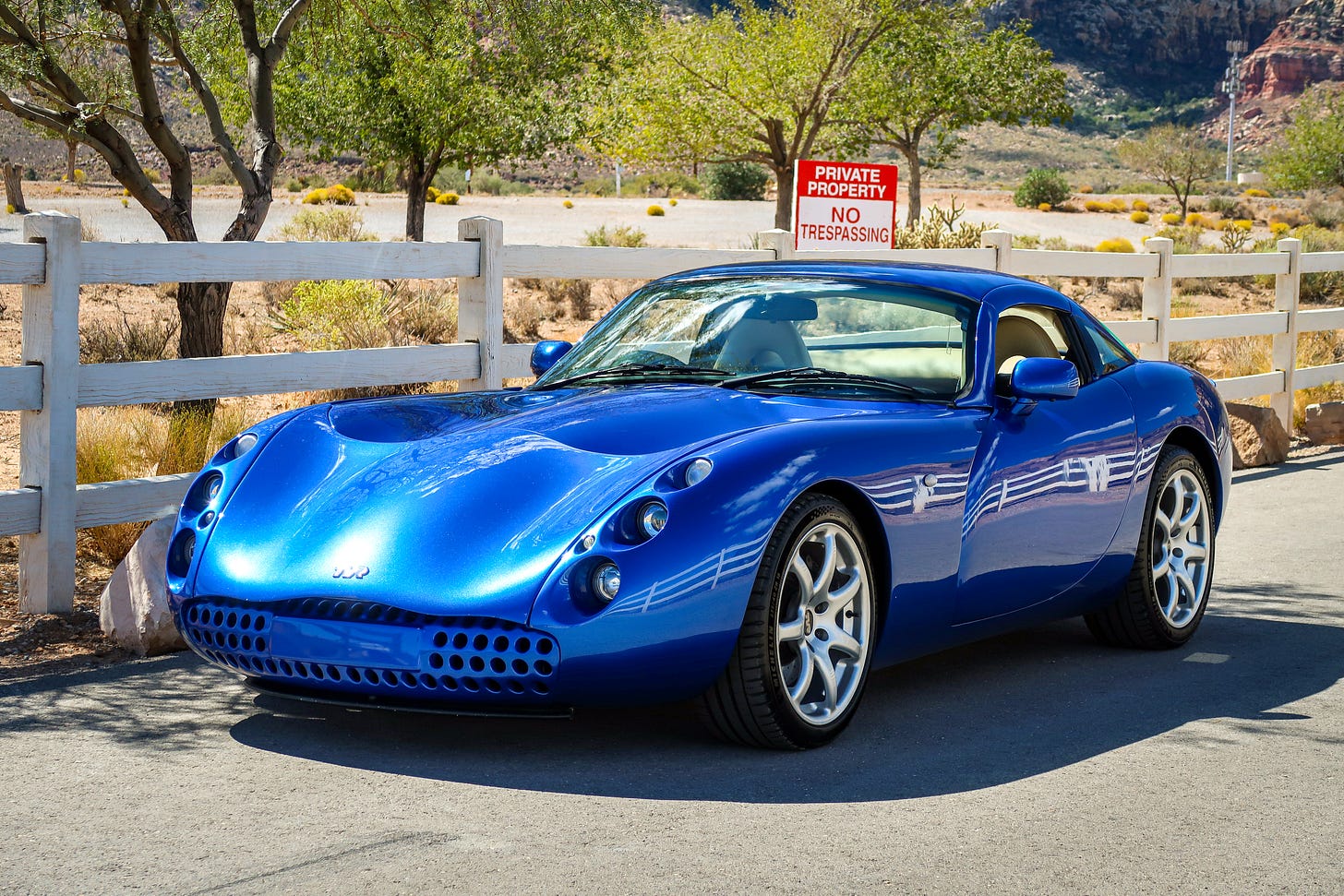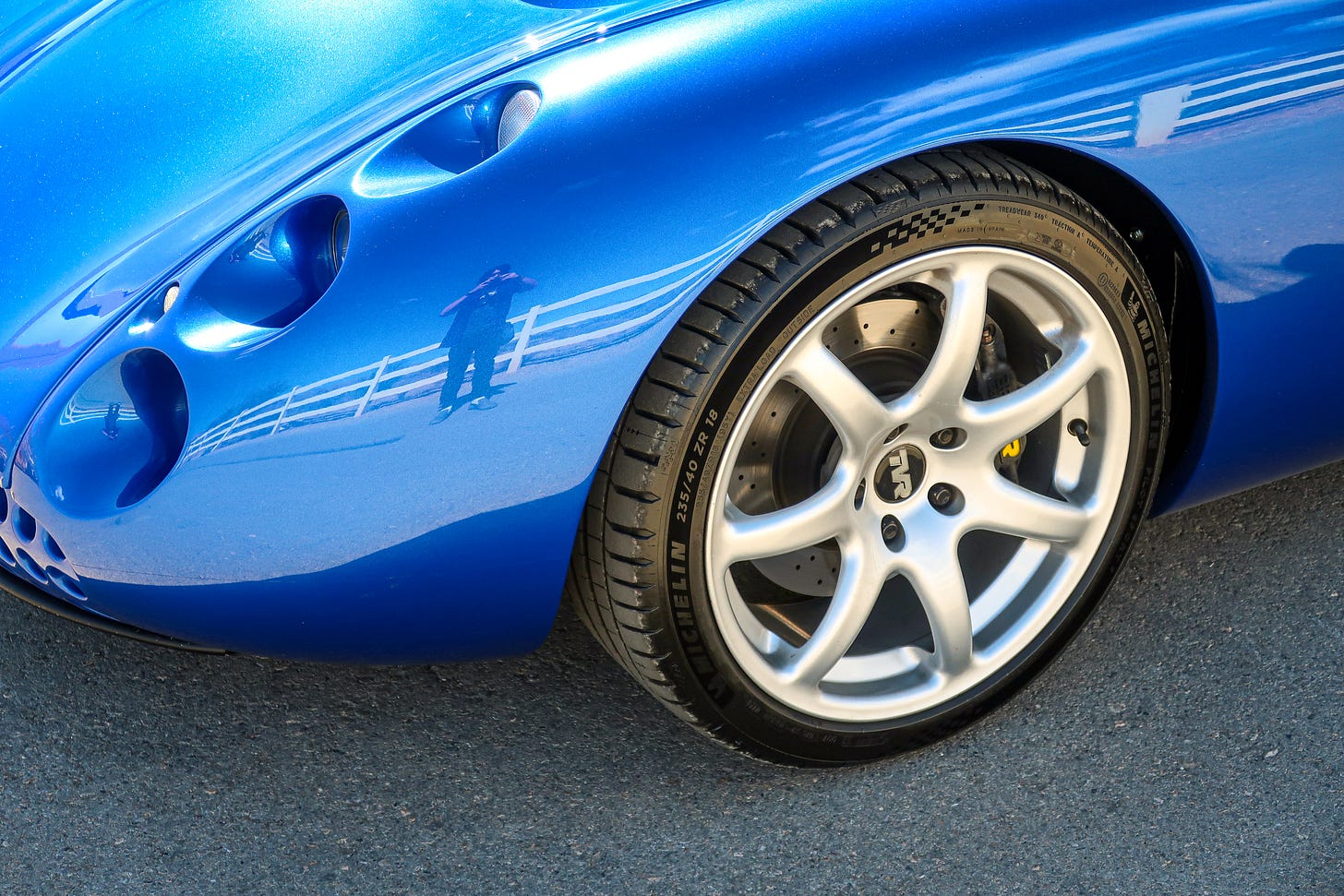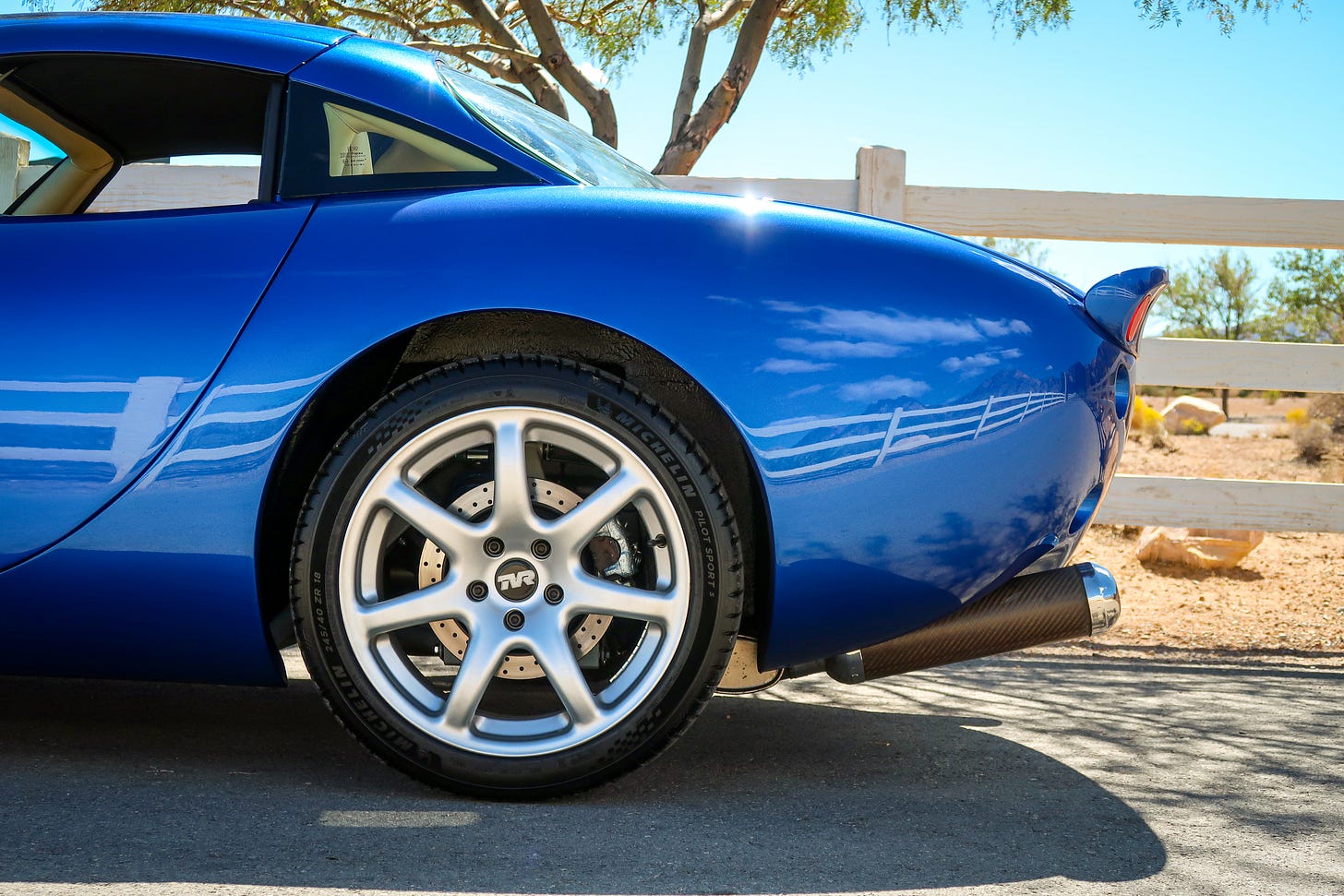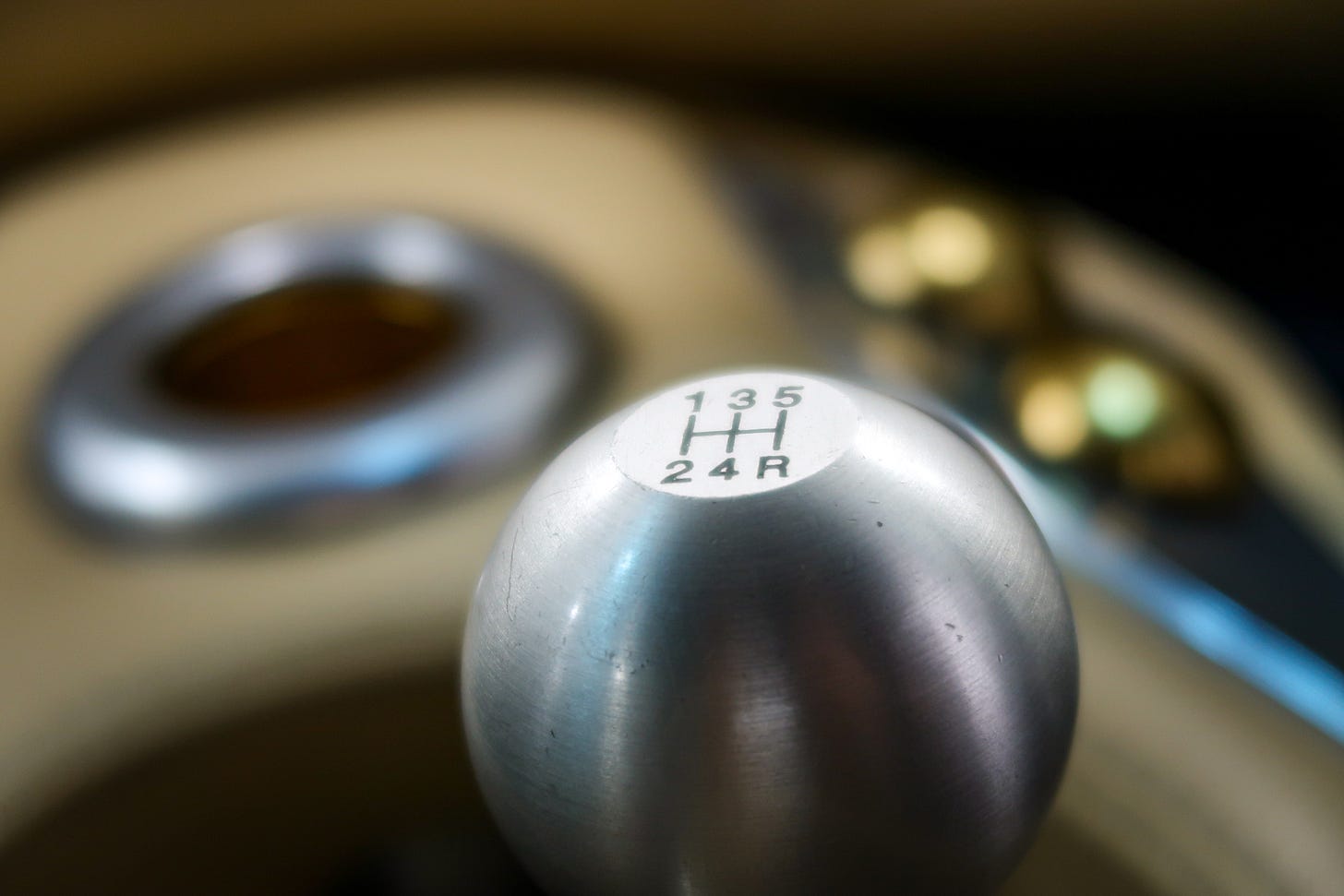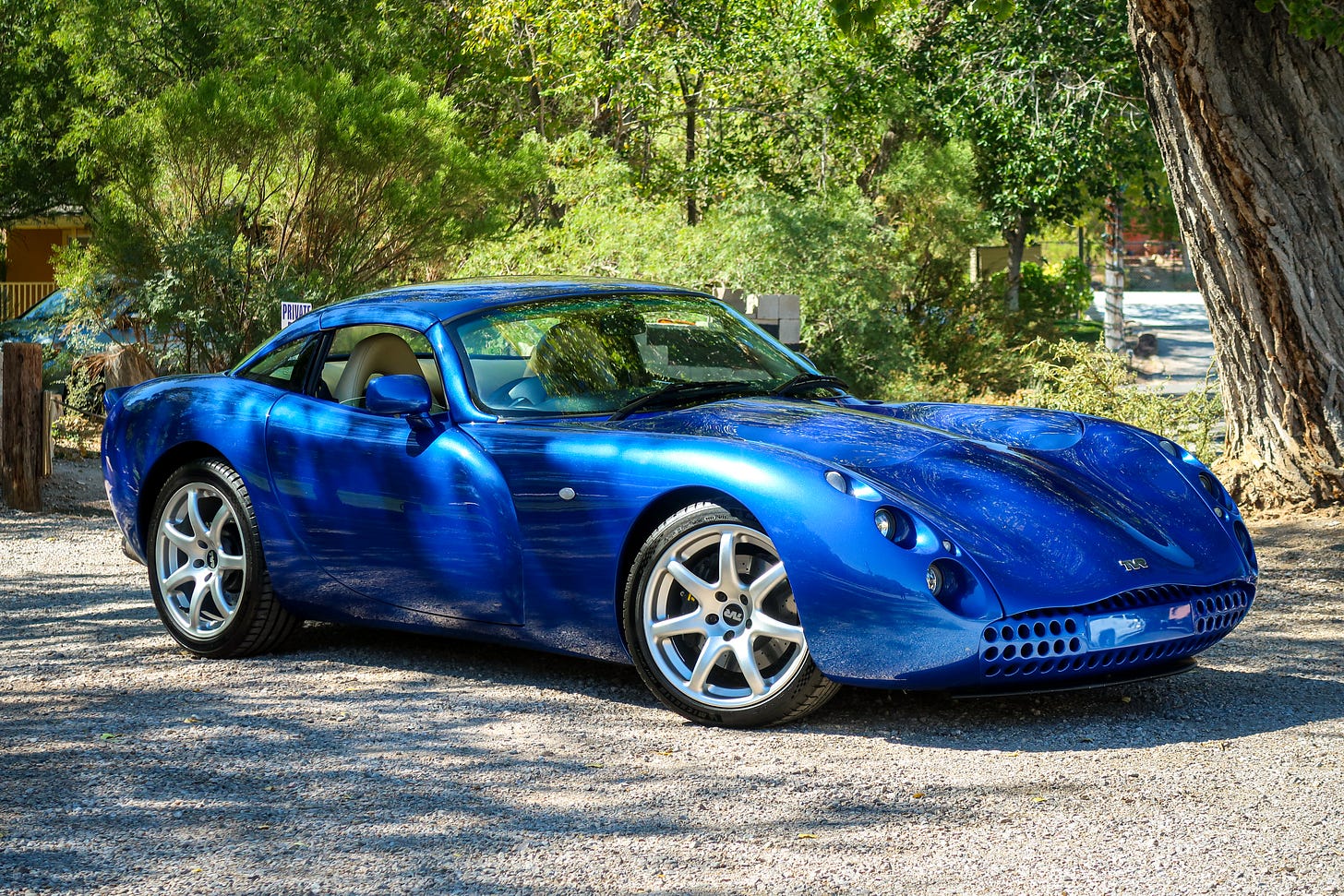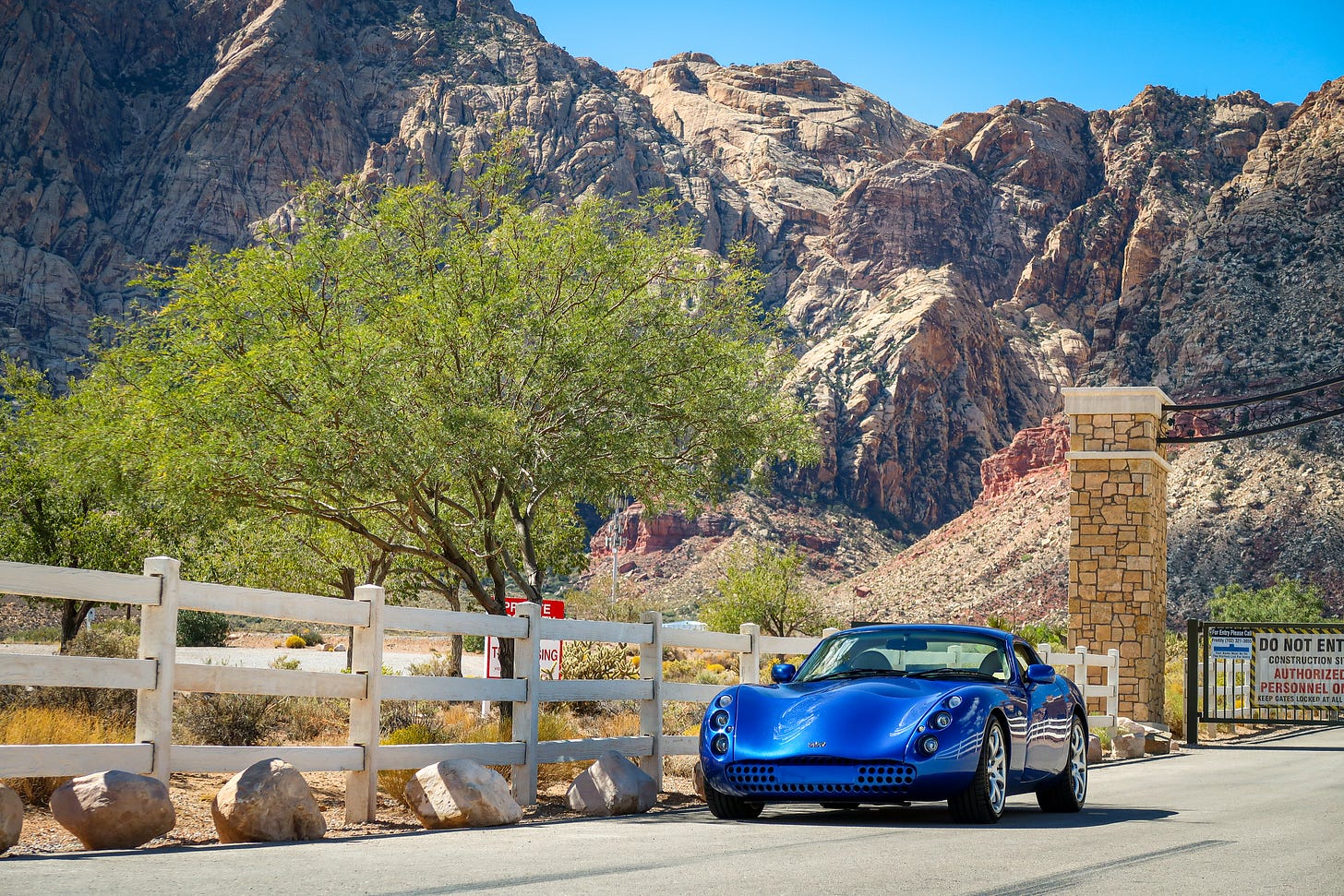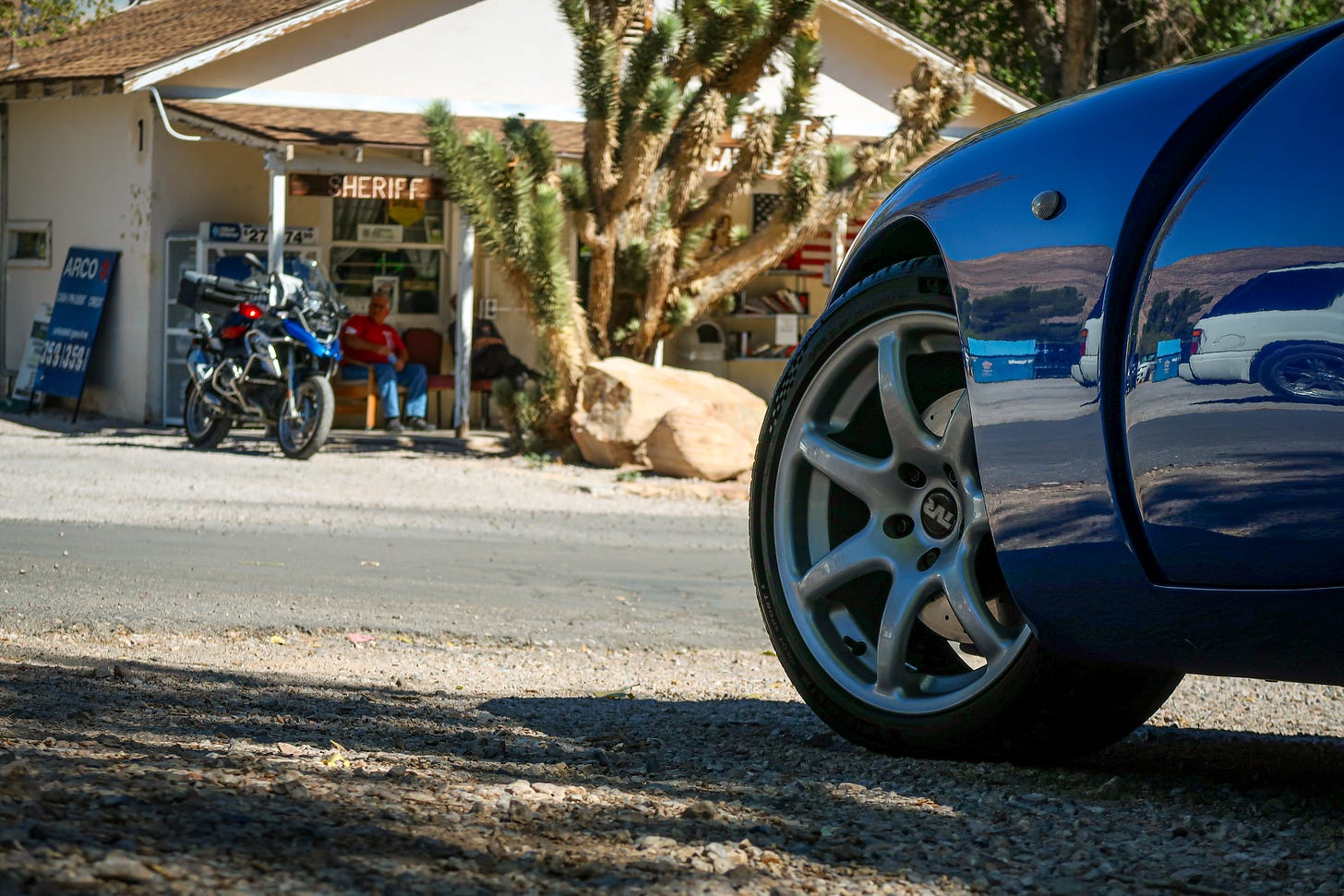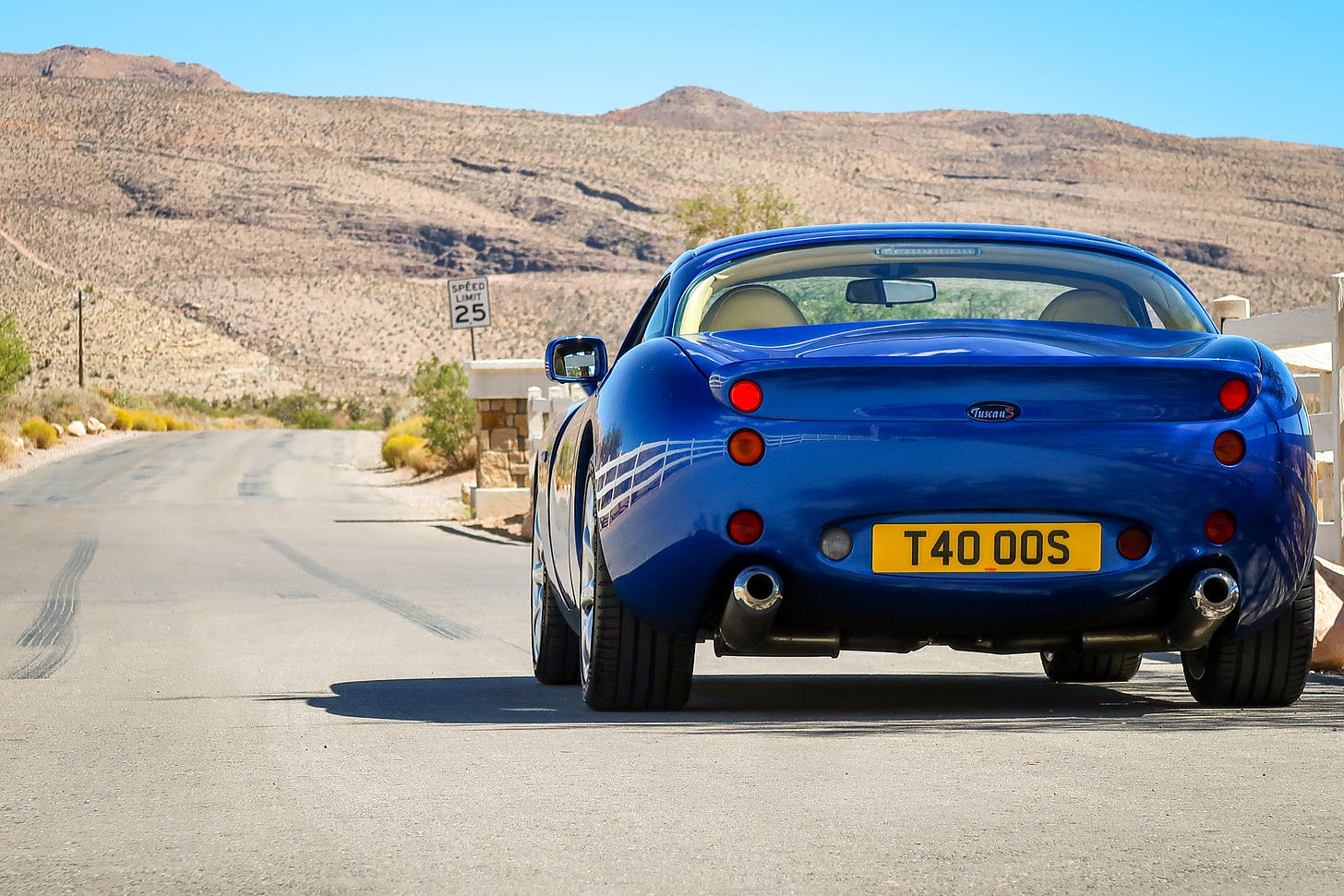2001 TVR Tuscan Speed Six S Review: A Steroidal Miata In A British Suit
Wonderfully weird and now ripe for importing!
“Oh, here’s a word of warning,” co-founder of TVR Garage Andi Hughes prods me as we set off in his 2001 TVR Tuscan Speed Six S demonstrator. “There’s no ABS. No traction control. No stability control. No safety systems to help you out. It’s nearly 400 horsepower pushing 2,400 pounds, and it will bite you if you let it. If ya bend it, ya buy it.”
Gotcha. Very cool. Absolutely no pressure as I pull onto a busy public side street in what is one of six Tuscans in the States at the time of writing, and–
W-Wait a minute. We have what in the States now?
We Have TVRs Now!?
The 25-year import rule, yo! Griffiths, Cerberas, and the first run of Tuscans have been allowed to grace American backroads for some time, and this example is reportedly one of six Tuscans in the United States. This 2001 model came by way of Hughes’ business TVR Garage, co-founded with childhood friend Gavin Bristow. It’s the very car featured in Jay Leno’s Garage, allowed into the country under special exemptions for testing.
A minor history lesson, first.
Trevor Wilkinson founded TVR in 1947, originally as Trevcar Motors, before renaming the company after himself with the three-letter moniker. The company fell into the great care of Martin Lilley in 1965. Its sports cars garnered plenty of affection throughout the next few decades, but nowhere near as much as they did throughout the 90s and 2000s after Peter Wheeler took the helm in 1981. Cars of the Wheeler era, including the Tuscan, were crafted in his image, from driving dynamics and in-house engines to the styling.
Specs:
Current Values: N/A; as-tested valued at $149,000
Powertrain: 4.0L inline-six // 5-speed manual
Horsepower: 390 horsepower @ 7,000 RPM
Torque: 310 pound-feet @ 5,250 RPM
Seating Capacity: 2
Cargo Volume: 9.7 cubic feet
MPG: N/A
Curb Weight: approx. 2,425 pounds
Spiritual successor to the original Tuscan of the late 1960s, the Tuscan Speed Six’s recipe is a fairly simple, front-engined, rear-wheel drive, five-speed manual sports car. The engine is almost entirely behind the front axle, making it front mid-engined and setting the Tuscan up to be a spectacular handler, especially when tipping the scales at a Miata-like 2,425 pounds.
Brakes are by AP Racing. Suspension on this particular example features upgraded Bilstein shocks but is otherwise stock. Tires are Michelin Pilot Sport 4S measuring 235-wide up front and 245-wide out back, mounted over the original 18-inch wheels that complement the swooping body lines oh-so well.
Under Wheeler’s direction, the company gradually shifted from Triumph and Ford engines to Rover V8s and eventually engines of its own design. Tuscans utilize a range of aluminum-block, individual throttle body-equipped, 24-valve inline-sixes from TVR’s “Speed Six” lineup. Living in an age when engines are passed around manufacturers like the village bicycles makes you greatly appreciate niche brands that can craft their own.
In base 3.6-liter form, the Speed Six made 350 horsepower and 290 pound-feet, but S models like Hughe’s were amped up with 4.0-liter mills that produced 390 horsepower at 7,000 rpm and 310 pound-feet at 5,250 rpm. Later iterations made slightly more, with 400 horsepower and 315 pound-feet prior to the “Mark II” facelift’s revisions. Other S model exclusives include subtle badging, a front lip spoiler, and a Gurney flap-like rear spoiler.
The Strangest Grand Tourer
“It can be a kitten when you want, but a lion when you let it be,” Hughes comments, referring to the Tuscan’s lesser-known knack for coddling its drivers rather than killing them when you’re just puttering around.
There’s no bad temperament over bumpy roads, thanks to its fresh Bilsteins. There’s working AC and a single-DIN stereo nestled within the handy dashboard shelf. The trunk is even ample enough to hold the targa roof, and the space behind your head makes an excellent shelf for large backpacks.
It was a treat to discover how lovely a grand tourer it can be when cruising in fifth gear, with plenty of visibility and almost no wind buffeting with the windows down. Prospective buyers just have to live with everything else, which can be… strange.
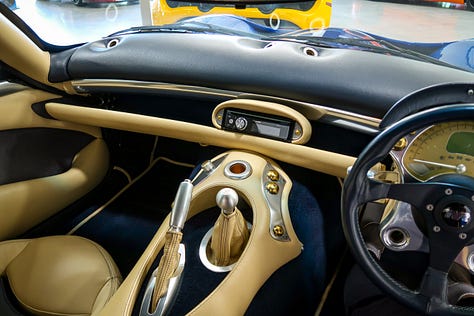
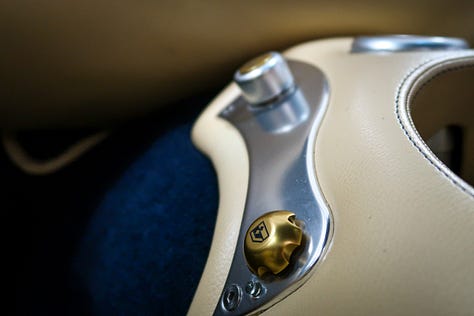
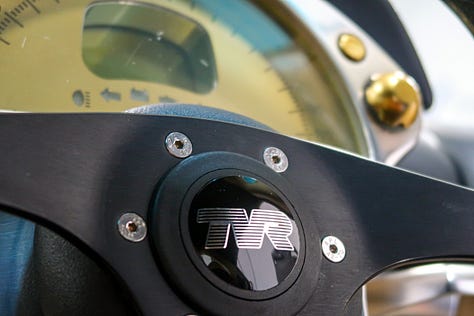
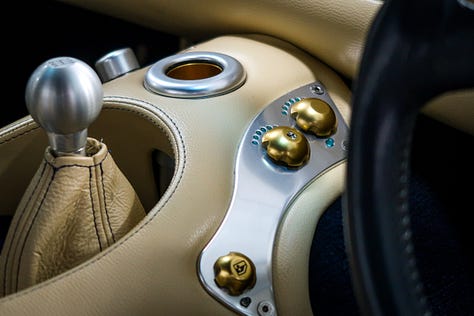
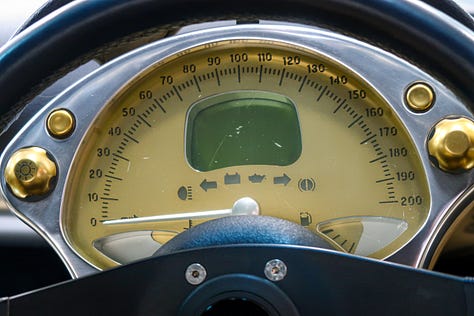
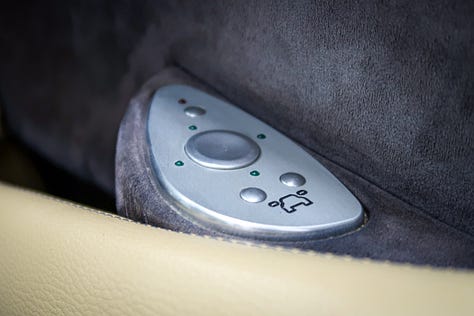
If you’ve never watched Top Gear, I invite you to figure out the doors. Go ahead. I’ll wait. While you’re at it, know that the window and HVAC controls are on the rounded center console, and the two-piece hood doesn’t fully open without tools. Only the front half is easily accessible and only as a service hatch for fluids. Be mindful that fuel capacity is only 56 liters or roughly 14.8 US gallons. Oh, and the shift linkage is awfully close to where the exhaust is routed. I wondered why the gear lever was warmer than all the other metalwork inside the cabin.
But it is what it is. Quirky comes with the territory, making it easy to forget that TVRs were primarily honed to be fun, fast, and, most importantly, pure driver’s cars.
“A Lion When You Let It Be”
“From the extraordinary styling and steampunk brass instrument binnacle (complete with in-house-made LCD display) to the snorting four-liter Speed Six engine, the Tuscan was a car that seduced and adrenalized you in equal measure,” Evo’s Antony Ingram praised in a 2024 retrospective after sampling a facelifted Tuscan 2.
“This is not a precision tool, though it was and still is successfully campaigned in many an amateur race series,” Richard Hammond remarked in a 2012 test of a modified Tuscan for Top Gear. “It’s about the experience, more than the absolute results. It simply feels great, perched towards the back of a big, British sports car, complete with authentically British straight-six acoustic accompaniment.”
“This car has many strengths—its mind-warping curves redefine the notion of automobile-as-art and the hefty gearbox is an utter joy to use—but it’s the quality of the steering that really defines the driving experience…” Dan Bevis commented on a small blog on ClassicCarsForSale. “These aren’t machines for people who want an easy time; they’re for those who want their effort to be rewarded, who accept that you get out what you put in. You need to be constantly on edge, worrying about the car—that’s part of the allure.”
Color me intrigued.
Drop a gear or two via that satisfyingly precise shifter to keep the Speed Six above 4,000 rpm, and it wakes right the hell up. The upswept tailpipes and individual throttle bodies duet a feral song as you approach the 7,000-rpm crescendo, crackling and popping with an intoxicating overrun as you lift. God save natural aspiration, because the engine’s metallic zing is so unlike anything today this side of a 911 GT3.
The bottom-hinge pedals are spaced smartly enough to still be comfortable, at least with a size 10 shoe, yet remain easy to operate hastily when I get a little restless. However, the bottom-hinge clutch was a bit of a learning curve. Just a bit. The throttle pedal’s throw is abnormally long compared to modern cars, but that equates to controllable power delivery. Important stuff when wielding 390 horsepower without safety assists. Even so, the engine is still reactive enough to make downshift blips a breeze and forward momentum a thrill.
The brake pedal is reassuringly firm, actuating the AP Racing kit with confidence without catapulting you through the windshield. Our dash across the desert was far from the brake’s limits, but I suspect they’re plenty resilient on track or on tighter roads. We hardly stressed the chassis, either, which I knew was yearning to dive bomb hairpins and sail over undulating B-roads with more aggression than I was willing to give it.
I, indeed, could not buy it if I bent it.
Modern summer tires, Bilstein shocks, and a weight figure that embarrasses many present-day sports cars create a machine that pounces into corners without a second thought. Direction changes are like second nature, and the power steering, one of the few assisted controls, is communicative and appropriately light while gradually building heft as you load it up in a way only cars of this era seem to manage.
Is there cannibalism among cats? Because, as it turns out, this lion could slaughter any Jaguar on an asphalt ribbon.
Gone But Far From Forgotten
The TVR Tuscan Speed Six S walks many fine lines. How well you believe it does so depends on your tolerance for weirdness and its unwillingness to babysit the inexperienced. It’s an unexpected road trip hero, with more comfort, space, and visibility than anticipated. Yet, it still achieves its objective of wowing the lead-footed, excitedly tugging at its leash while reminding you through its intoxicating power and feedback that you’d better play along well, or it’ll knock you on your ass.
Pardon the Gen Z degenerate in me, but dare I say it’s truly the automotive equivalent of the drop-dead gorgeous goth mommy that can and will spit in your drink if you aggravate her in the slightest? Sadistic? A little. Honest, at least? Sure. A proper driver’s car? Without a doubt. And I’m desperately in love. While the oddball British marque and its sports cars may be gone, it sure as hell won’t be forgotten.



